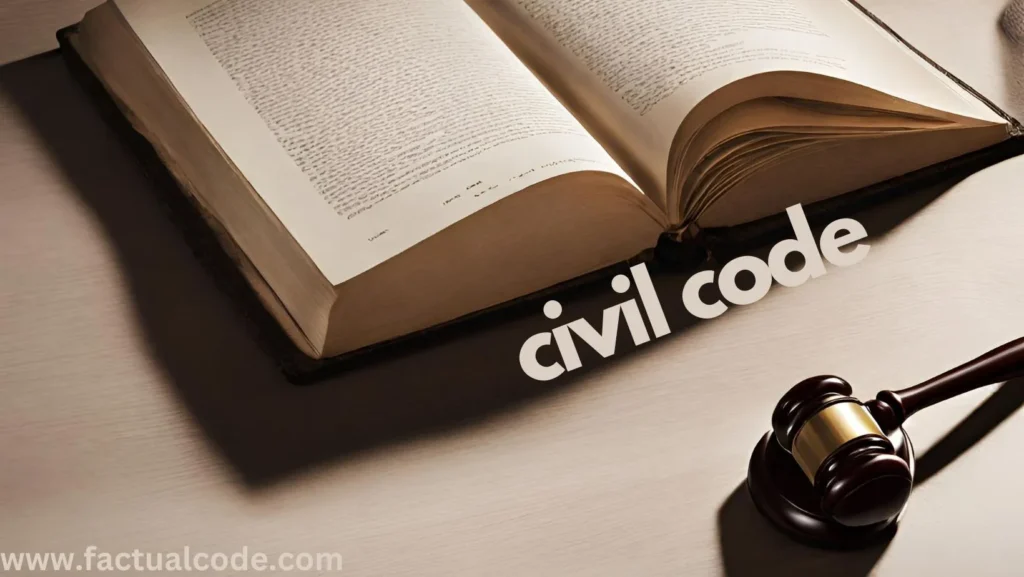Introduction
📜⚖️🛑 Section 10 of the Code of Civil Procedure, 1908 (CPC), embodies the doctrine of res sub judice, which precludes courts from adjudicating a matter when a previously instituted suit involving the same substantial issue is pending before a competent judicial forum. The primary rationale behind this provision is to prevent conflicting judgments, avoid duplicative litigation, and enhance judicial economy by eliminating parallel proceedings.
Objectives of Section 10
🔍📌📝 The principle of res sub judice is designed to achieve the following objectives:
Ensuring consistency and uniformity in judicial pronouncements.
Protecting litigants from the inconvenience of simultaneous suits on the same subject matter.
Preserving judicial resources by preventing multiplicity of proceedings.
Essential Conditions for the Application of Section 10
✅⚖️📜 The invocation of Section 10 is contingent upon the fulfillment of the following conditions:
Existence of Two Suits: A prior instituted suit must exist concurrently with a subsequently filed suit.
Identity of Subject Matter: The principal issues in controversy must be substantially the same in both suits.
Same Litigating Parties: The parties in both suits must either be identical or litigating under the same title or interest.
Pending Proceedings in a Domestic Court: The earlier suit must be pending before a court of competent jurisdiction in India; foreign court proceedings do not fall within the purview of this provision.
Jurisdictional Competence of the Prior Court: The court where the prior suit is pending must be competent to adjudicate the dispute.
Scope of Section 10
📚🔎🏛️
Section 10 applies to both trial and appellate courts, ensuring procedural consistency across multiple judicial levels.
It mandates a stay of proceedings in the latter suit without requiring dismissal, thereby preserving the claim until the resolution of the prior suit.
The restriction under Section 10 is procedural rather than jurisdictional, meaning that courts retain their authority to entertain the suit once the bar ceases to apply.
Limitations of Section 10
❌ Section 10 does not apply to:
Interim orders or interlocutory reliefs, as they do not constitute final adjudications.
Suits where the underlying cause of action differs, even if the parties remain the same.
Matters pending adjudication before foreign courts.
Writ petitions, summary proceedings, or cases governed by special statutes with overriding provisions.
Judicial Interpretations
🔹 Indian Bank v. Maharashtra State Cooperative Marketing Federation (1998) ⚖️📜
The Supreme Court emphasized the mandatory nature of Section 10, holding that where the prescribed conditions are met, courts must enforce a stay. However, the Court clarified that urgent interlocutory applications may still be entertained despite the stay on the main suit.
🔹 Aspi Jal v. Khushroo Rustom (2013) 📖⚖️
The Court elucidated that Section 10 stays only the proceedings in the latter suit but does not prohibit its institution. This interpretation underscores that procedural bars do not extinguish substantive rights but merely defer their adjudication.
Conclusion
🏛️🔚📜 The doctrine of res sub judice, as codified in Section 10 of the CPC, is an essential mechanism for preventing judicial inconsistencies and ensuring procedural efficiency. By restraining parallel litigation on identical matters, it upholds systemic coherence while safeguarding litigants’ rights. However, its application remains contingent upon strict statutory compliance, and courts have interpreted its operation pragmatically to balance procedural discipline with substantive justice. 🎯⚖️📌
Recommended Posts
Dive into the legal basis and scope of Res Sub Judice under Section 10 of the CPC with examples.
Understand the rationale behind this doctrine and its role in preventing multiplicity of suits.
Explore the essential conditions needed for invoking Section 10 of the CPC with judicial guidance.
Elucidate with case laws the distinction between Res Judicata and Res Sub Judice, and their legal effects.

